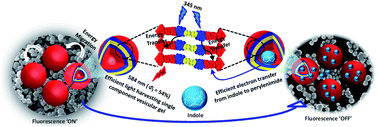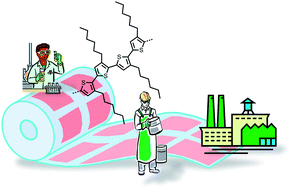Scientists in the UK developing wearable electronics have knitted a flexible fabric that delivers twice the power output of current energy harvesting textiles. 
There is considerable interest and research into wearable piezoelectric energy harvesters that use waste energy from human movement or the ambient environment to power low-energy consuming wearable devices, such as wireless sensors and consumer electronics. Typically these materials are ceramic-based with limited flexibility, so aren’t that comfortable to wear, and include toxic elements like lead. They also involve charge-collecting metallic electrodes with poor fatigue resistance that fail after repeated use. New, less rigid materials with sufficient mechanical strength and an all-in-one design are therefore highly sought after.
The polymeric piezoelectric fibres created by Navneet Soin at the University of Bolton and colleagues in the laboratory of Elias Siores fulfill all of the above: they are flexible, strong and breathable.
Interested to know more? Read the full news article by Polly Wilson on Chemistry World here…
Read the article by N Soin et al. in EES:
Novel “3-D spacer” all fibre piezoelectric textiles for energy harvesting applications
Navneet Soin, Tahir Shah, Subhash Anand, Junfeng Geng, Wiwat Pornwannachai, Pranab Mandal, David Reid, Surbhi Sharma, Ravi Hadimani, Derman Vatansever Bayramol and Elias Siores
Energy Environ. Sci., 2014, Accepted Manuscript
DOI: 10.1039/C3EE43987A, Paper












 The latest issue of EES is now online. You can read the full issue
The latest issue of EES is now online. You can read the full issue 







